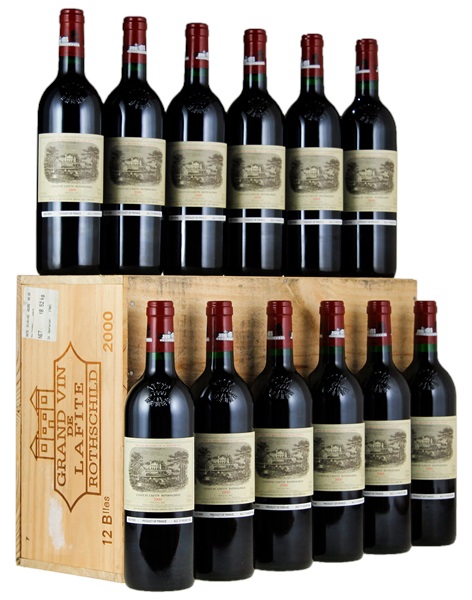Light case condition issue
Removed from a professional wine storage facility; Purchased as futures

Image above is an example. To view the image of the lot, click the item number.
Estimate
Subtle aromas of currants, leather, tobacco and cedar. Classic cigar box nose, with fruit. Full-bodied, with an amazing texture of silky, ripe tannins. This wine completely coats your palate, but caresses it at the same time.
... It is certainly almost black in color, while the new wood flavors are very present. But it shows an impressive restraint, leaving the power of the wine to be revealed over the years rather than immediately...
...an extraordinarily youthful nose of graphite, black currants, sweet, unsmoked cigar tobacco, and flowers. The wine is rich, medium to full-bodied, but has that ethereal elegance and purity that is always Lafite..
...Very young and precise but not austere or forbidding. A remarkably rich, silky, seamless Lafite with superb vibrancy for the vintage. Tannins are noble and the aristocratic finishing flavors go on and on...